Comminuted reverse subtrochanteric femoral fracture in +100yo
Score and Comment on this Case
Clinical Details
Clinical and radiological findings: Comminuted reverse subtroch fracture in a centarian. The fracture constellation looks so innocent on initial plain films, though you can appreciate the vertical split separating the GT from the intertrochanteric line. I think the true magnitude of the problem can be appreciate on the initial fluroscopic images (position on a traction table, images under traction). Reduction over ligamentotaxis achieve precisely nothing, and served only to demonstrate with more clarity the number of fragments. Transvastus approach to the fracture, open reduction with clamps, then provisional cerclage wiring, not tightened down, reforms the tube. Nail insertaion only after reduction - trying to reduce over a subobtimal nail insertion is a major headache.
Preoperative Plan
Planning remarks:
Surgical Discussion
Operative remarks:I love cables in the reconstruction of subtrochanteric fracture extension. The circumfrential nature of cerclage tension works over 360deg to 'restore the tube' as opposed to clamps working on points 180deg apart. Wires also allows the static locking of reduced fragments which find themselves 'keyed in'. The literature has been very kind to cerclage constructs lately. It seems cerclage wiring may finally be seeing a renaissance of popularity.
Orthopaedic implants used: Stryker Gamma3 short 11x200mm short nail + cerclage cables
Author's Resources & References
Search for Related Literature

Dr Ed Oates
- Germany , Schleswig Holstein
- Area of Specialty - General Trauma
- Position - Specialist Consultant

Industry Sponsership
contact us for advertising opportunities
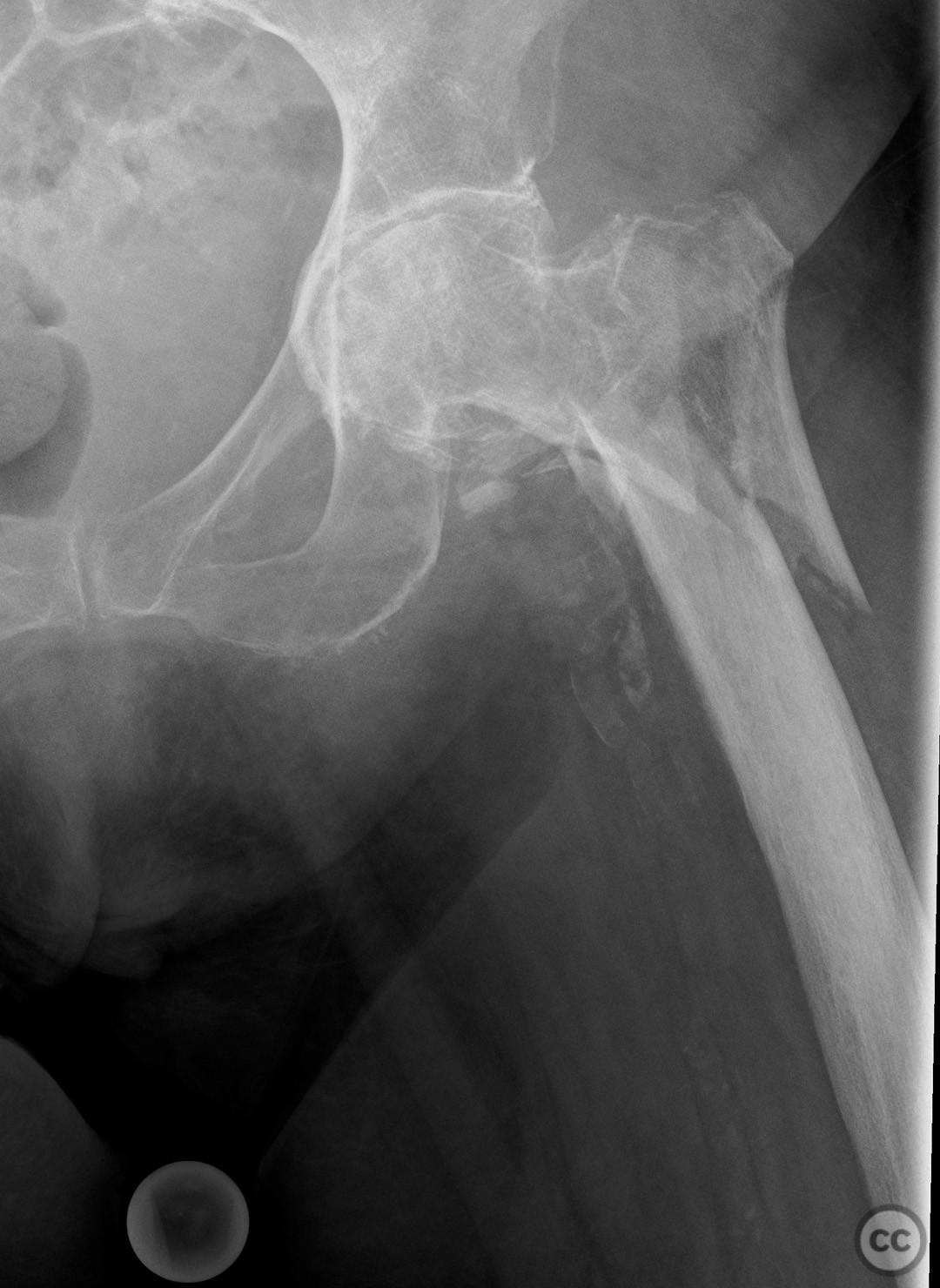
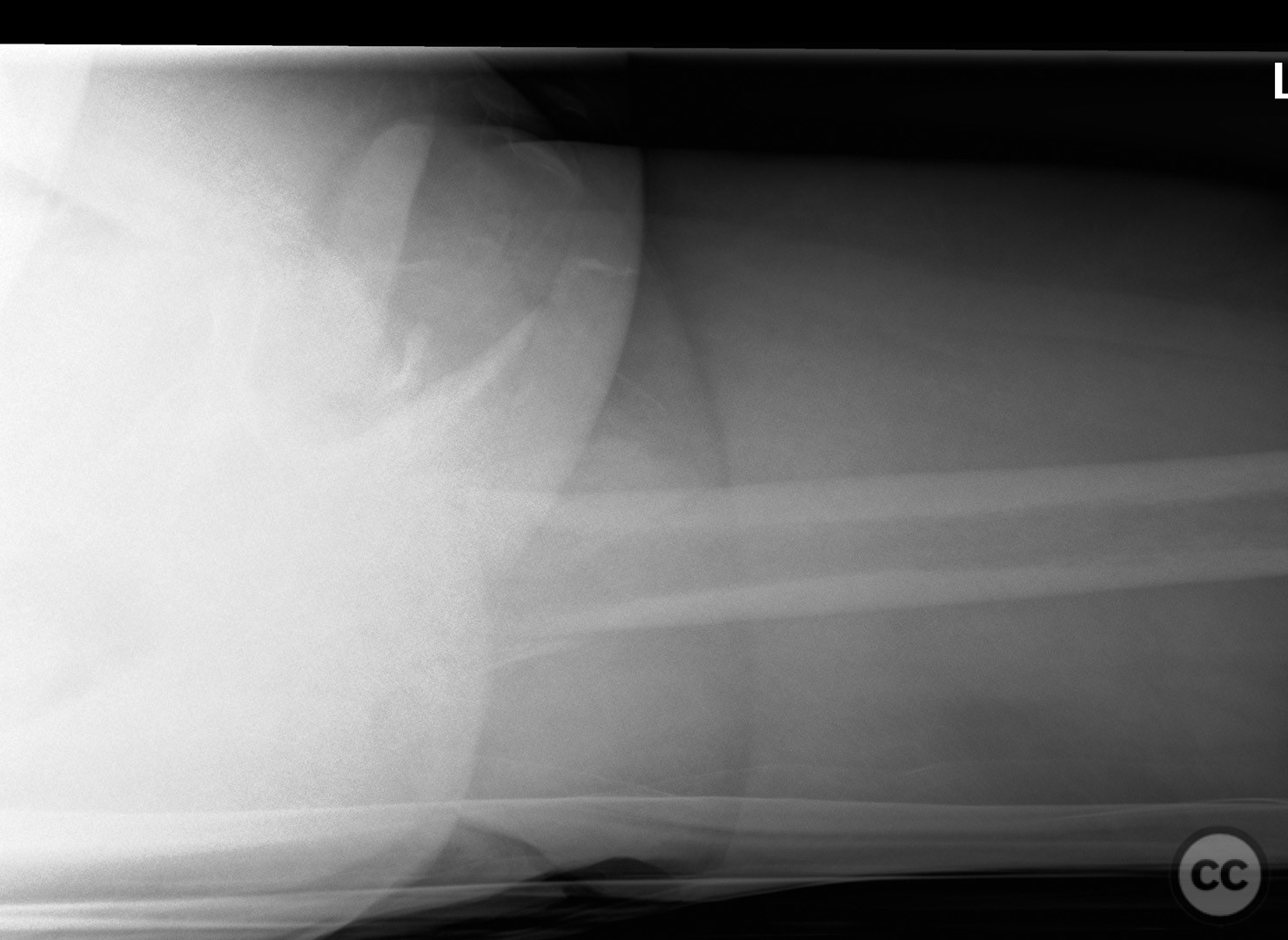
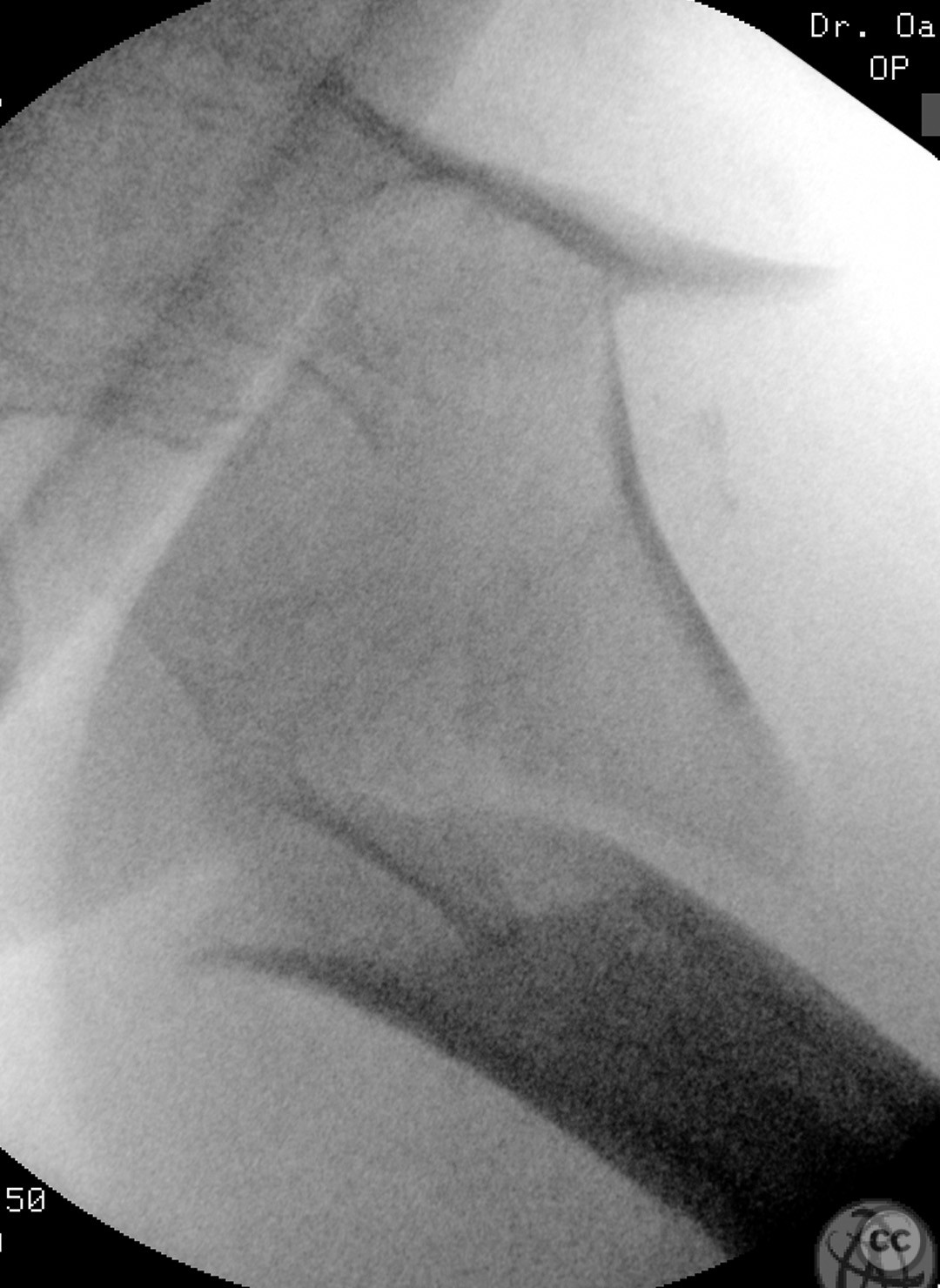
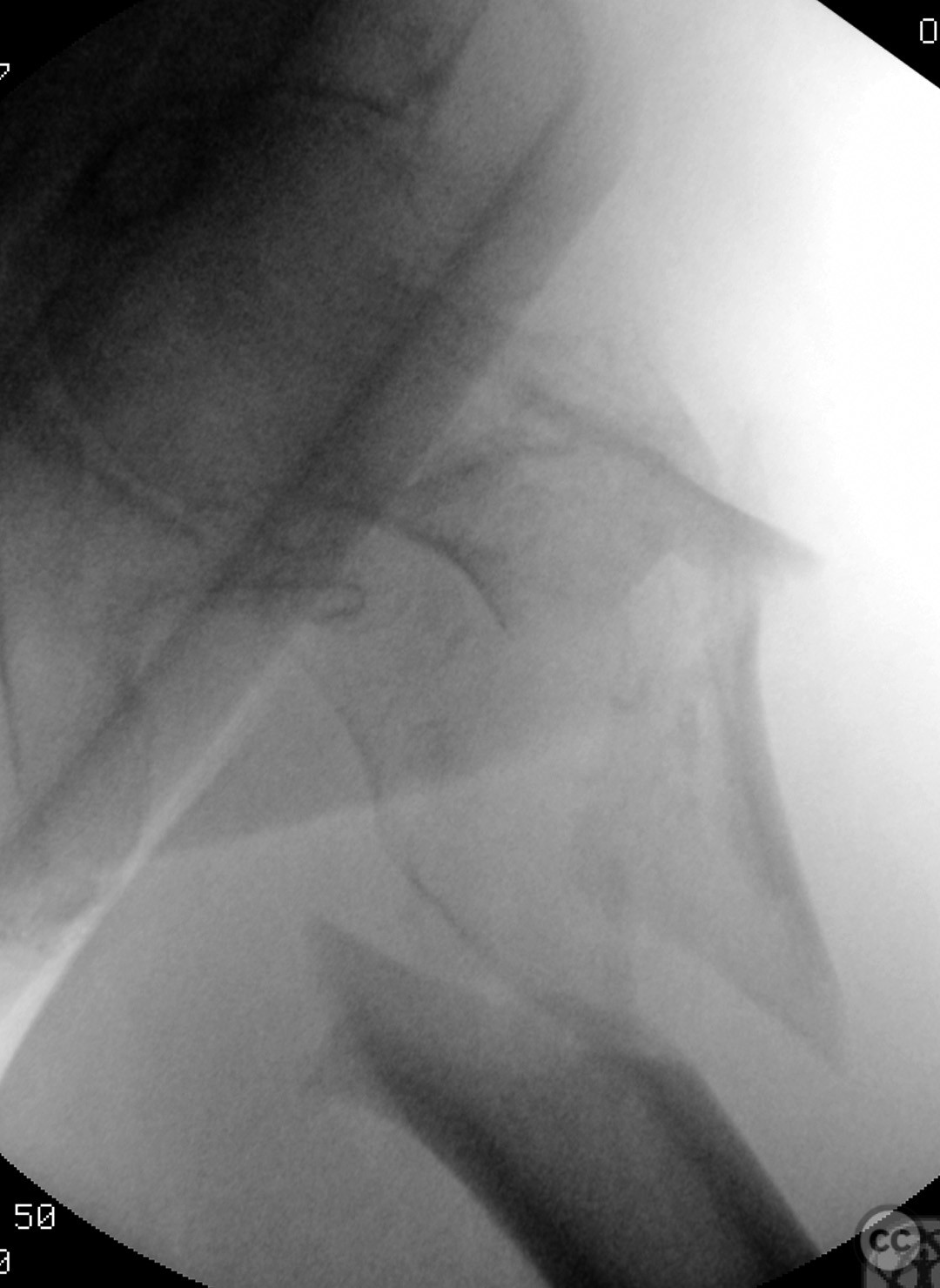
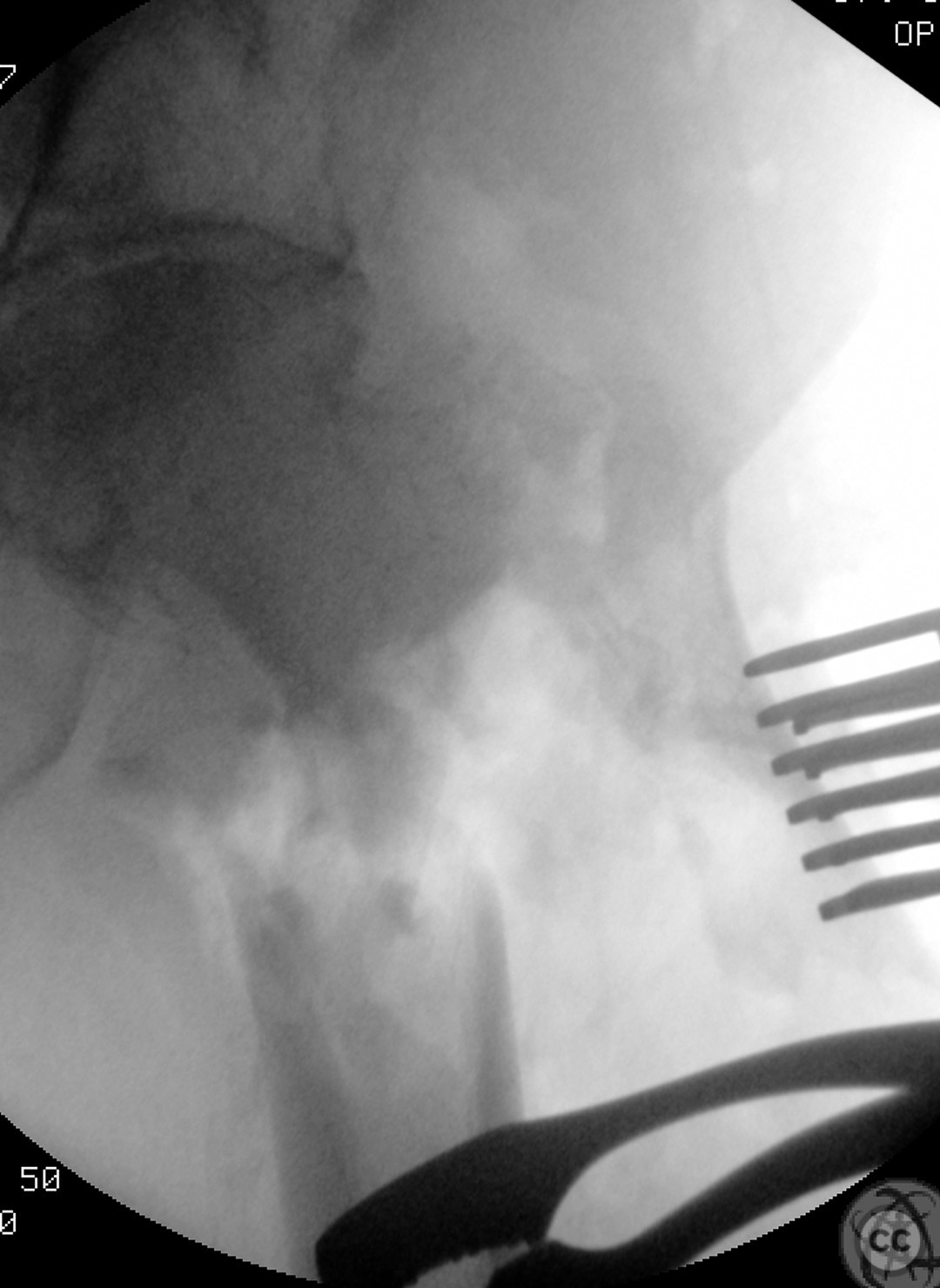
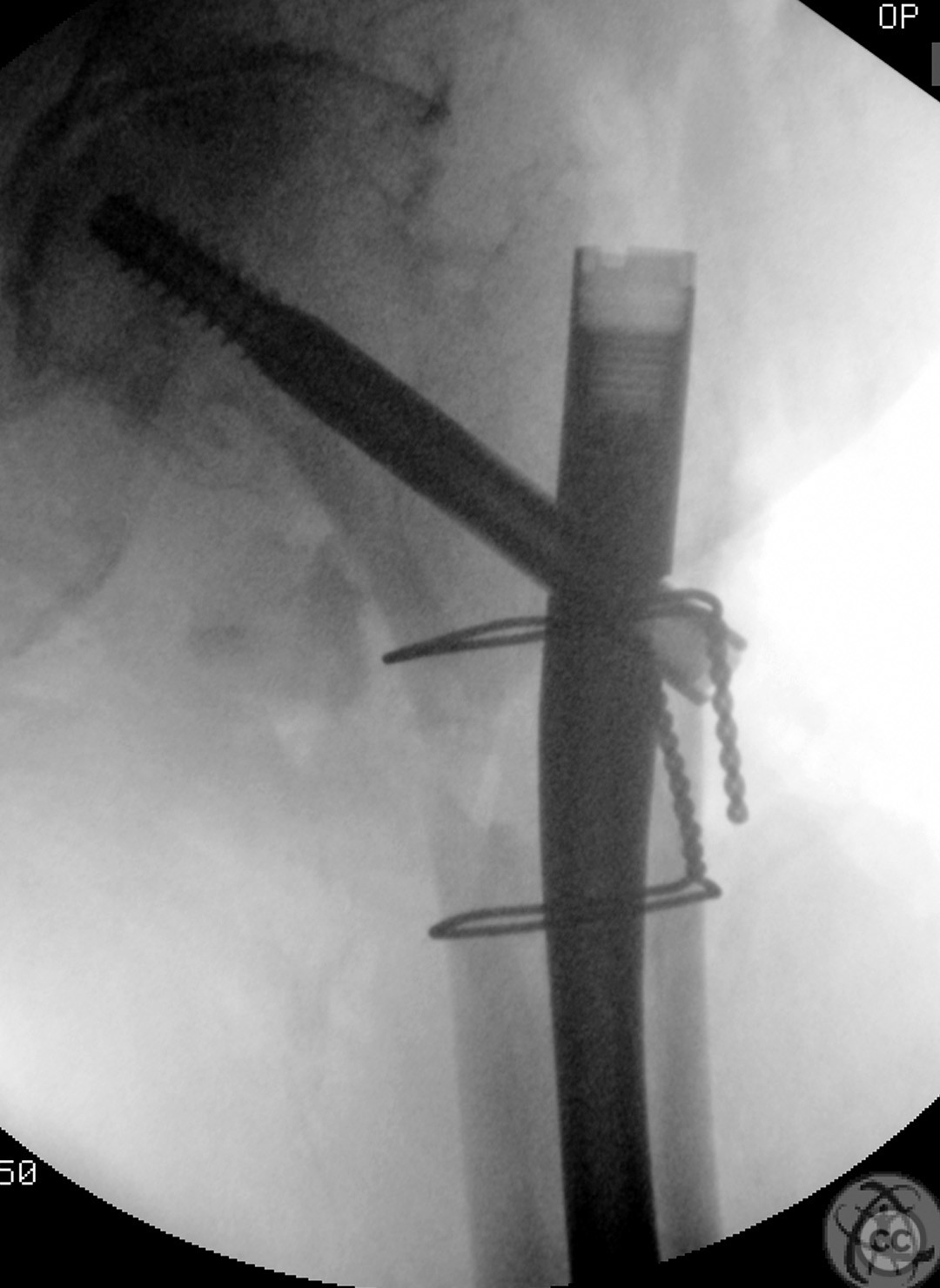
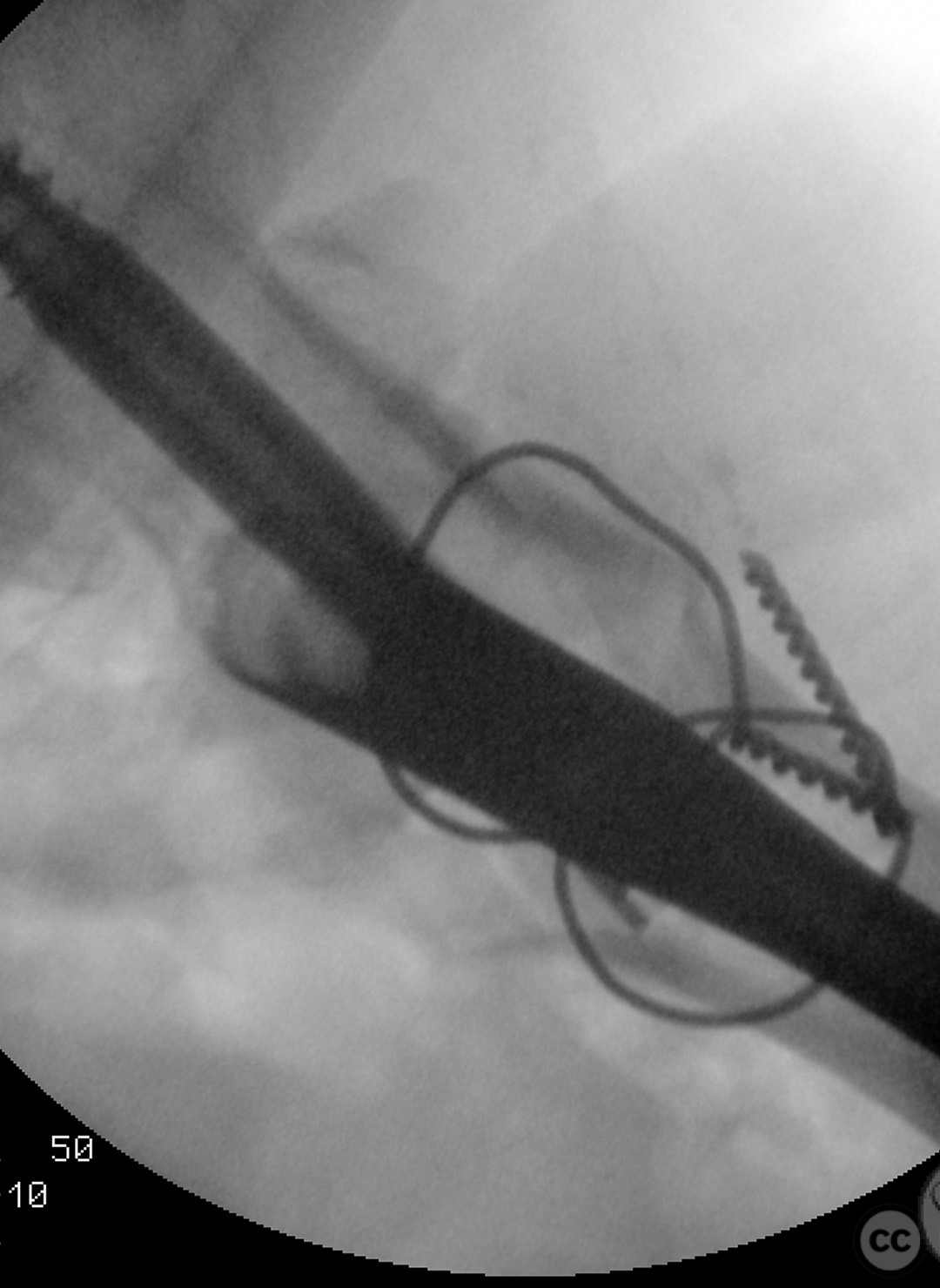
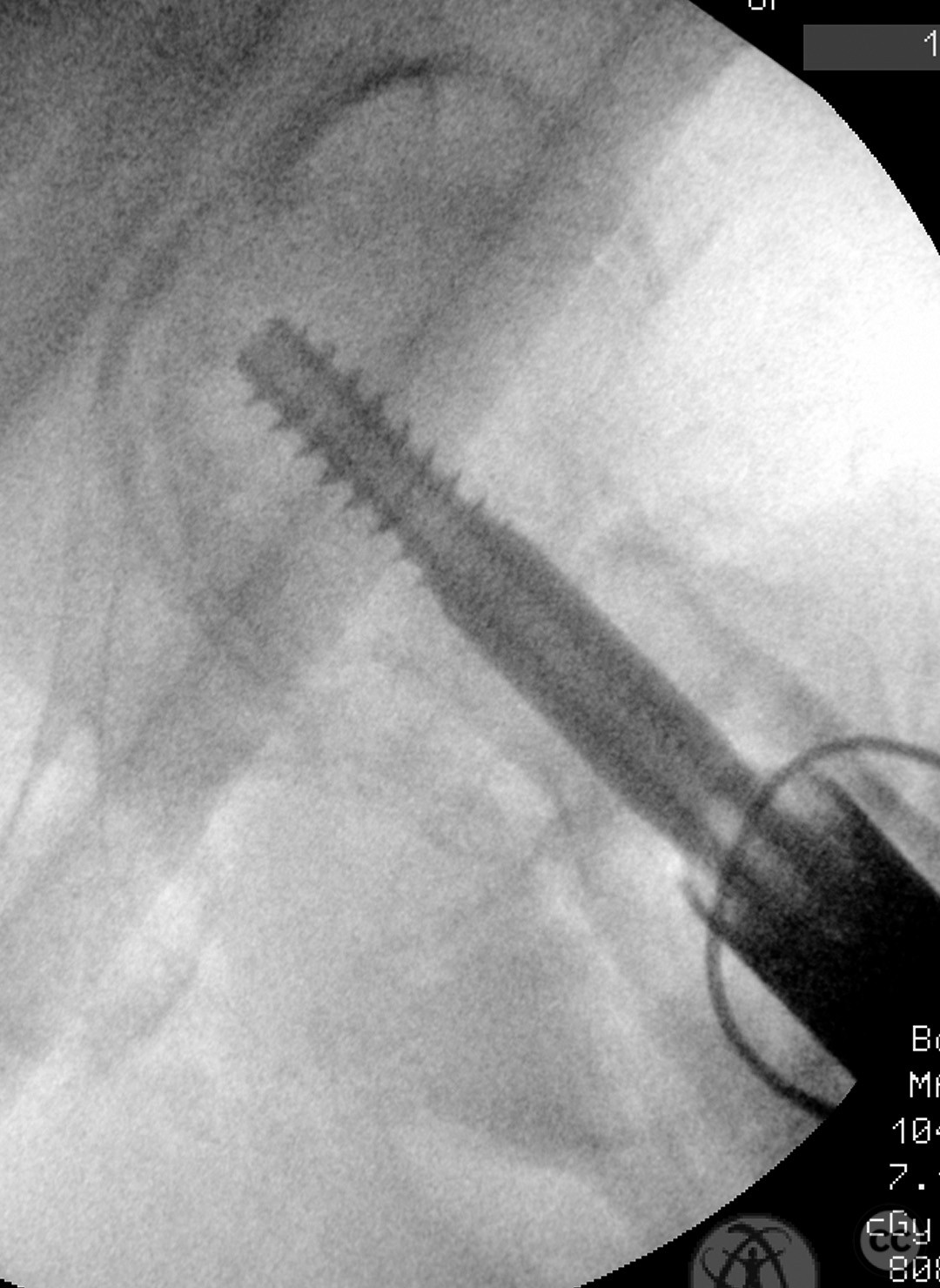
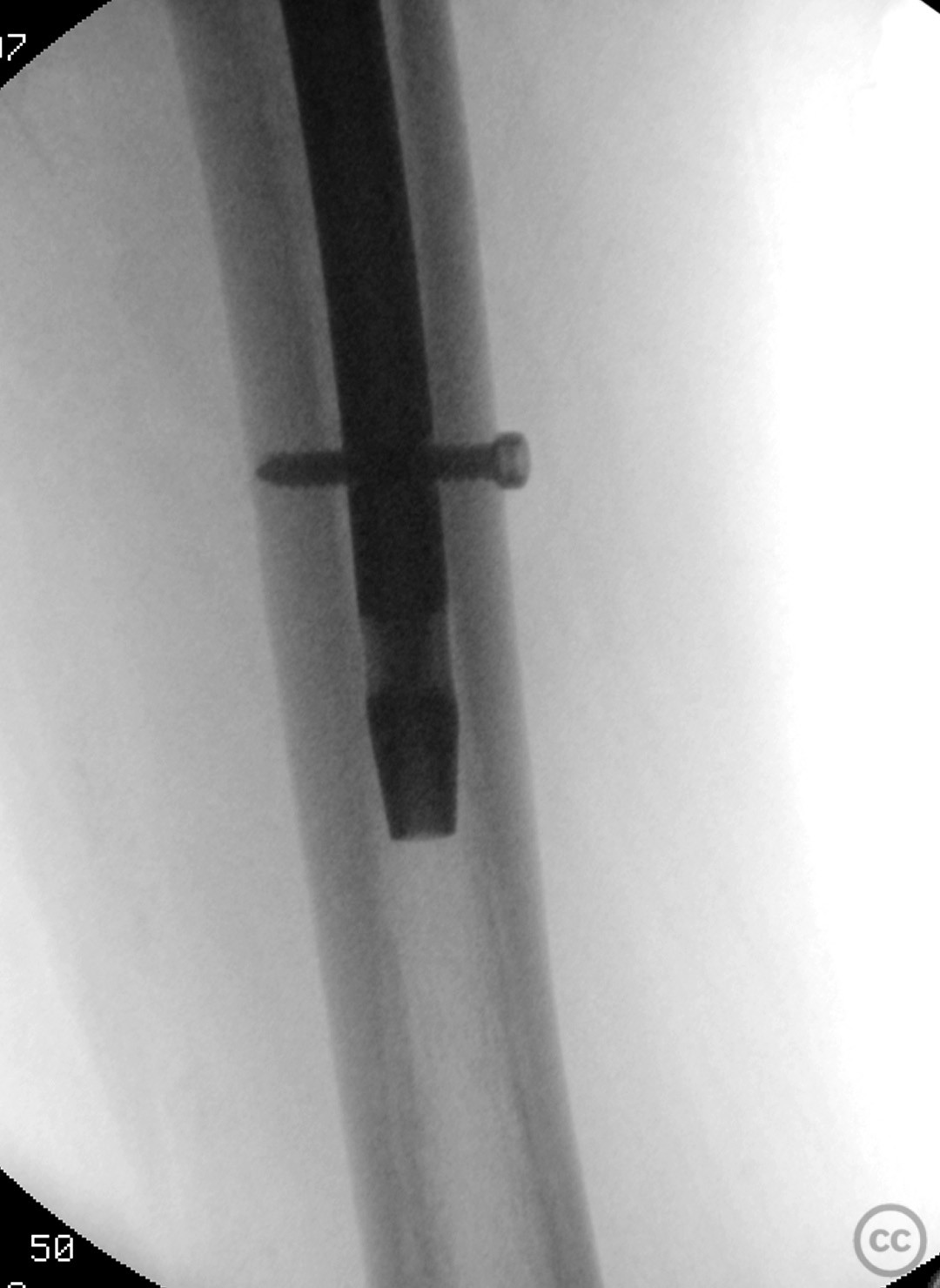
Article viewed 1893 times
20 Nov 2022
Add to Bookmarks
Full Citation
Cite this article:
Oates, E.J. (2022). Comminuted reverse subtrochanteric femoral fracture in +100yo. Journal of Orthopaedic Surgery and Traumatology. Case Report 42003807 Published Online Nov 20 2022.